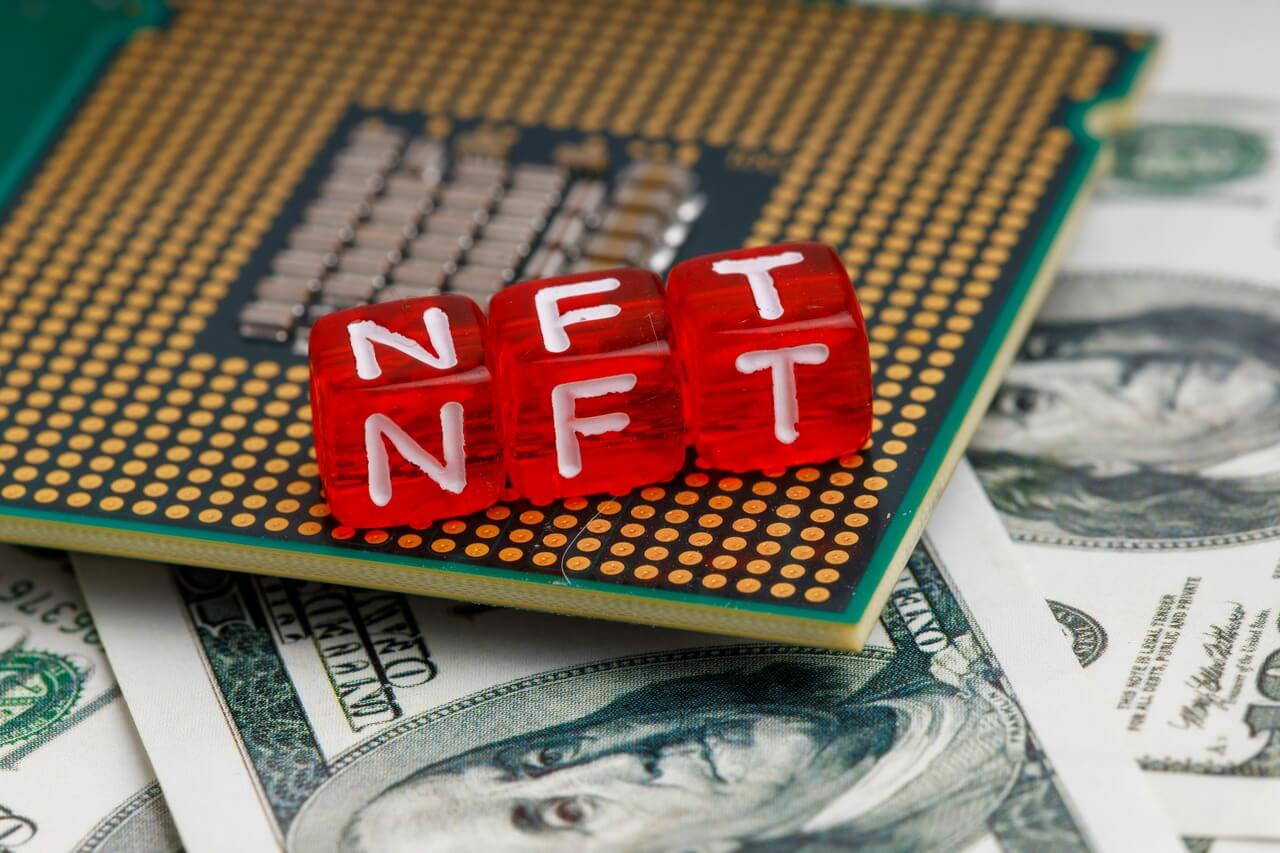Many people resist change, especially concerning technology. Want to learn how to stop the Windows 10 update? There can be good reasons for doing so. Consider the many problems that users report after pretty much any Windows 10 update.
If you just aren’t ready to deal with another botchy Windows 10 update, this post is for you.
But first, a caveat you should consider:
Consider the Possible Downsides of Not Upgrading
Before you decide you’re set on learning how to stop Windows 10 update progressions, think about the features you might not get to take advantage of on an older operating system.
For example, Windows 10 offers new productivity-boosting features like Cortana, Microsoft’s virtual assistant, and a pinned search bar. Plus, using an older operating system can be a security risk.
Learn Which Windows Operating Systems Still Offer Mainstream Support and Security Updates
People who are sure they want to know how to stop Windows 10 update packages also need to understand whether Microsoft offers support for older operating systems, and what happens if they don’t upgrade.
For instance, Windows no longer gives mainstream support for the 7 and 8.1 operating systems, though extended support is still available.
Mainstream support includes complimentary Windows support for that operating system, plus new features. However, extended support only provides bug and security-related updates.
Because people often prefer what’s familiar, they may not want to stop relying on Windows 8 productivity helpers or otherwise adjust to a newer operating system.
If you are currently on a Windows machine running an older operating system, do not wish to upgrade and are not seeing prompts from Windows urging you to perform an update, there’s no need to do anything. However, be aware that choosing to stay on an older operating system could mean programs no longer work for you.
Prevent Future Major Windows 10 Releases From Downloading
You may already be on Windows 10 but don’t want a newer version of the system. Having a small hard drive is one reason why people may not want to update, mainly if they do not have enough free space to accommodate the other operating system.
They may also delay updating a version of Windows 10 because they want to read reviews about other users’ experiences first and determine whether the update seems sufficiently stable.
Windows tries to push new major software additions for its users through automatic updates. However, you can avoid those by tweaking the system.
First, go to Settings, then choose the Update & Security section. From there, look for Windows Update. Look toward the bottom of the screen you see and note the Update Settings section. It has an Advanced Options link. Once you click Advanced Options, there is a Pause Updates toggle switch to activate. It stays in effect for 35 days.
Set a Metered Connection
You can also designate a specific internet connection as metered to limit data transferred on the connection. Because most Windows 10 updates are large, a metered connection does not let automatic updates happen.
First, go to Settings, then Network & Internet. Click on Wi-Fi. Then, choose the connection you use for internet activities. After pulling up the settings for that connection, you’ll see a toggle switch for Set as Metered Connection. If you connect through Ethernet, do this same process, except click on Ethernet instead of Wi-Fi.
Being on a metered connection stops you from getting all Windows updates unless there’s one that addresses a severe problem with Windows.
Downgrading From Windows 10 to an Older Version
Windows 10 offers notable features, such as a start menu. Also, you can adjust the start menu settings to get more done as you work. However, you may decide it’s so hard for you to adapt to Windows 10 that you’d rather downgrade to an older operating system. You only have a limited amount of time do that after updating, though — sometimes just 10 days.
First, go to Settings, then Update & Security. Choose the Recovery section next. In that area, you’ll see an option related to reverting to a previous operating system, and a Get Started button.
Once you click it, Windows will ask why you’re going back and ask if you want to try and update Windows 10 first to see if it resolves your issues. Once you confirm the downgrade, Windows begins the process. Make sure you know any system passwords for the old operating system before downgrading so you won’t get locked out.
Other options exist for downgrading after the time Windows gives you for going back. However, those are not as straightforward and may require a clean install or third-party software.
Choices Are Available
You do not have to feel forced into Windows 10 upgrades. However, as the information above suggests, it’s crucial to be aware of the potential downsides of not performing an update.
Recent Stories
Follow Us On
Get the latest tech stories and news in seconds!
Sign up for our newsletter below to receive updates about technology trends




